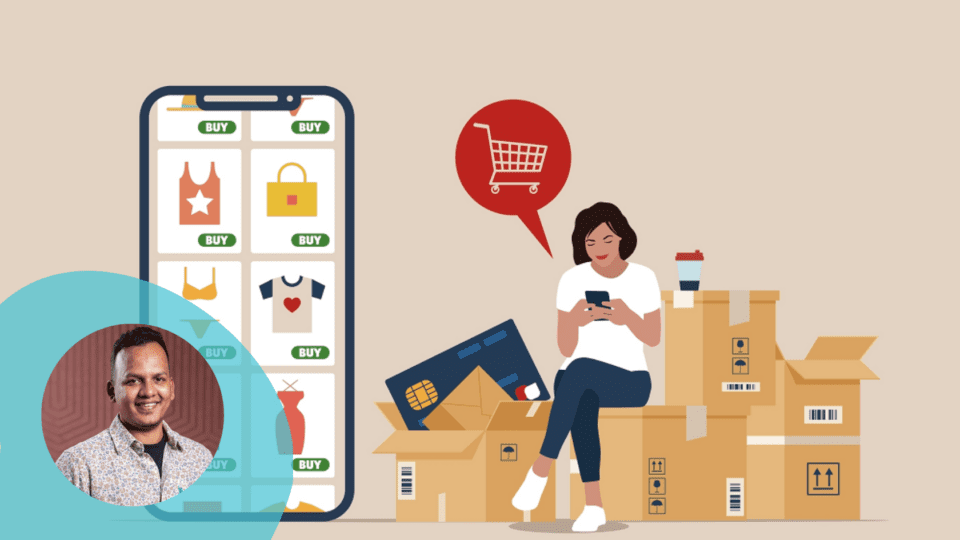Web push notifications are a powerful tool for retailers to engage with their customers and keep them informed about sales, promotions and other important updates. It has gained popularity as an effective channel for capturing visitors and boosting sales, especially in the ecommerce industry. Apple’s recent announcement to support web push notifications on iOS 16.4 will have a significant impact on the way retailers market their services online.
Until now, iOS users could only receive push notifications from native apps downloaded from the App Store. This required retailers to spend time and cost into building mobile apps. With this change, retailers don’t have to worry about building a mobile app, but can prioritize promoting to their customers to add their website to their home screen, allowing it to behave like a native app. Now retailers can focus on providing a great website experience to their customers and let the iOS changes do the rest.
Furthermore, web push notifications are highly effective in driving engagement and conversions. Research has shown that web push notifications have an overall 60% opt-in rate. This means that retailers utilizing web push notifications can expect a higher rate of engagement and conversion compared to other forms of online marketing.
What Can Retailers Expect with iOS 16.4?
With previous updates, web push notifications was a technology that was available only to Android and desktop users (both on Mac and Windows). Web push wasn’t available on iPhones and iPads, which limited the effectiveness of the feature for retailers. Apple recently announced at WWDC that Apple will start supporting web push in both iPhones and iPads starting in 2023.
While previous iOS updates caused concern and uncertainty among marketers and brands, the latest change is actually beneficial for retail brands. Why? Well, the previous versions disrupted the open rate for email and moved SMS to the promotion folder. This means the traditional marketing channels are facing an uphill battle. But that’s all about to change with web push notifications.
Why Web Push Notifications are Worth the Investment
Web push notifications have gained popularity as a marketing tool for ecommerce brands. One of the primary reasons is that web push notifications are free, while other forms of communication can incur costs. The advantages of using web push notifications are that they are delivered directly to the user’s device. The feature enables sending notifications when customers are active, which addresses a major limitation of email and SMS. This makes web push highly visible and hard to miss, increasing the likelihood that users will see and engage with them.
Web push notifications also allow consumers to remain anonymous and receive notifications without providing personal information such as email ID or phone number, which are considered personal identifiable information.
By staying connected with customers through web push notifications, retail businesses can increase customer retention and keep them coming back for more. Web push notifications can be used to promote exclusive deals, new products or helpful content, keeping the brand top-of-mind with customers. They can also be personalized based on customer preferences and behavior, which can lead to higher engagement and conversion rates compared to other channels.
Challenges and Limitations to Expect
While web push notifications can be a powerful tool for engaging with users, there are also a few challenges and limitations to consider. One challenge is ensuring that the notifications are actually being delivered to users, as delivery rates can vary depending on factors such as browser settings and user preferences.
Additionally, it’s important to be mindful of the frequency of notifications to avoid overloading users with too many messages. The limitations of web push notifications include character limit, which requires messages to be concise, and the fact that iOS users must add the website to their home screen to receive notifications, which can limit the reach of the notifications.
In Conclusion
Web push notifications are poised to change the game for retailers in many ways. By offering a new way to reach and engage with customers, web push notifications can help retailers increase brand awareness, drive conversions and improve customer retention. With their real-time delivery, cross-device compatibility and personalization capabilities, web push notifications can provide a more streamlined and effective means of communicating with customers.
While there are challenges and limitations to consider when using web push notifications, retailers that can navigate these obstacles stand to gain a competitive advantage in today’s digital landscape. Overall, the support for web push notifications on iOS will give retailers a powerful new tool to engage with their customers and drive sales.
Anand Vaidyanathan is the Head of Product at PushOwl (acquired by Sendinblue), a top Shopify application for web push notifications. In his role, he is responsible for building and scaling the PM function to drive product-led growth. Throughout his career, he held senior roles in startups and public companies and specialized in product management, strategy and market research. Most notably, he played a pivotal role in scaling the product team at Freshworks and driving the success of a $100M product. As a true product leader, Vaidyanathan has a strong commitment to delivering product outcomes that solve user needs and create high growth for businesses.




